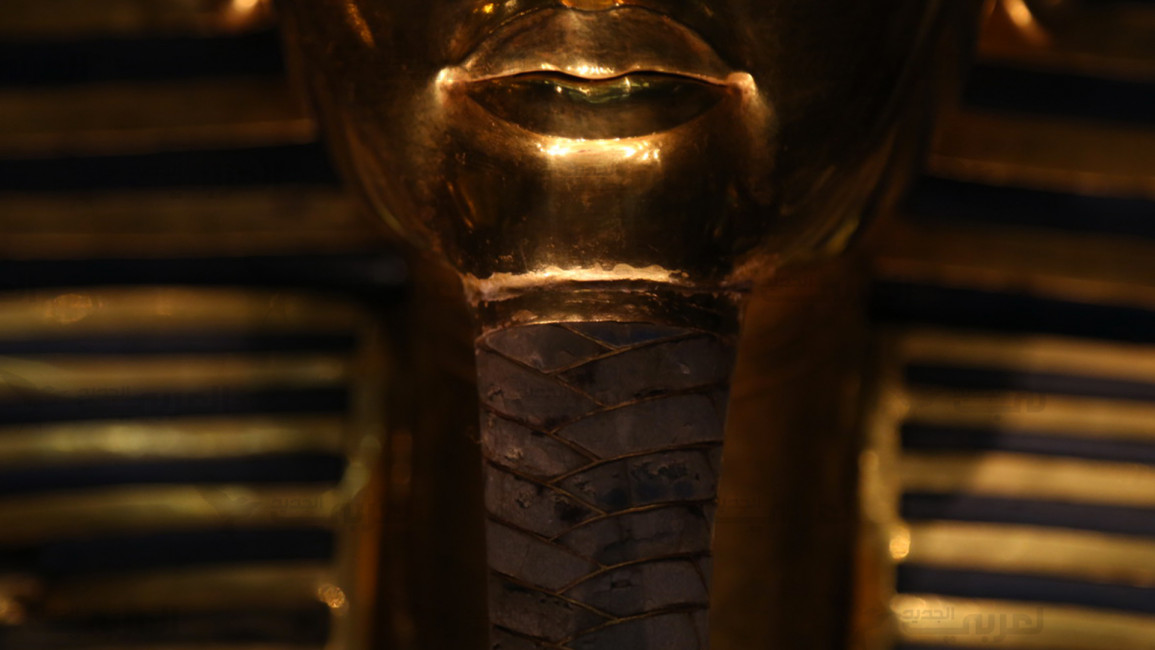
King Tut's botched beard-job to go under the knife
Egypt has announced Tutankhamun's death mask will be removed from its display in the Egyptian Museum in Cairo to fix the botched reattaching of its false beard received at the hands of the museums conservation department last summer.
Antiquities Minister Mamdouh al-Damaty told al-Ahram that the iconic gold funerary mask will be restored in August after a study is carried out to find out the best materials for the restoration process.
"A month ago, I assigned a committee, led by me, to carry out the first comprehensive analytic study on the mask since its discovery, as well as the restoration work carried out on it until now," Damaty said.
The ministry has reportedly bought new CT scanning equipment to complete the study.
After the ham-fisted repair job was exposed in January, German restoration specialist Christian Eckmann was brought in to inspect arguably the best-known antiquity in the Cairo Museum.
| This will be a delicate operation. - Christian Eckmann |
"This will be a delicate operation. It has to be done very carefully, but [the damage] is reversible," Eckmann said in a museum press conference.
The metallurgist will travel to Germany with the results of the Ministry of Antiquities' study, where he will create a gypsum replica of the mask.
Al-Araby al-Jadeed's Arabic edition broke the damaged mask story in January, after conservationists spoke out - on condition of anonymity, for fear of professional reprisals - saying that the beard had been hastily glued back on with epoxy, a powerful adhesive which is extremely difficult to remove.
Howard Carter and George Herbert discovered Tutankhamun's burial mask in the pharaoh's nearly intact tomb in 1922 in Luxor's Valley of the Kings, where the powerful nobles of the New Kingdom were buried, around 1300BC.




